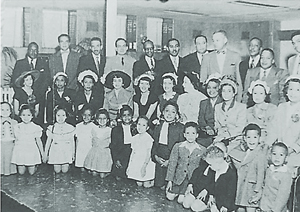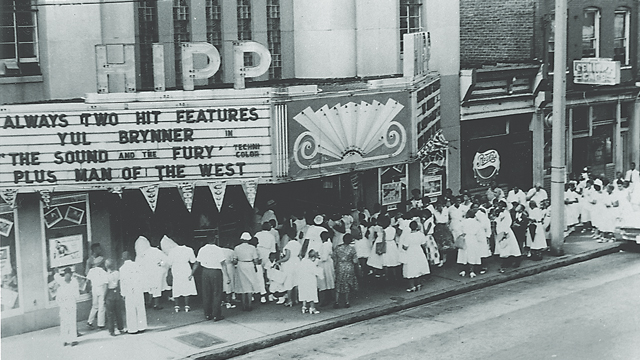In 1938, during the Great Depression and in the shadow of Jim Crow, a group of Black mothers in Philadelphia, Pennsylvania, founded an organization to create educational, cultural, civic, and recreational programs for their children in segregated America.
From those first days in Philadelphia, Jack and Jill of America has expanded to over 230 chapters in thirty-five states with more than 10,000 mothers and 40,000 children, ages two to nineteen, participating. The Richmond chapter, celebrating its seventieth anniversary this year, was founded in 1950 by Evelyn Fraser, Carolease Wallace, and Leola Turpin (among others).
At the group’s annual Mothers’ Conference, women planned activities for their children, listened to speakers, and enjoyed camaraderie. 
In Richmond, international food night was a huge hit with the member mothers who helped their children prepare food for the event. The kids of the Jack and Jill, James River Virginia chapter dressed in clothes to represent their country of choice and shared interesting facts to help them become global citizens. Other regularly scheduled activities included skating parties at the YMCA or Mary V. Binga Community Center, meals and socials at the Eggleston Hotel (a prominent Black-owned establishment), and matinees at the Walker Theater, the Booker-T (now Virginia Rep’s November Theater) and the Hippodrome Theater – all in Jackson Ward.
Because most members of the group were friends who lived in segregated neighborhoods in the 1950s and 60s, it was often impossible to tell the difference between a casual get-together and an official event of the organization.
Later in the twentieth century, when many families moved to predominately white suburbs, Jack and Jill remained relevant for children who attended majority-white schools as a way for them to maintain their cultural identity and foster bonds that served to produce future African American leaders.
Young people who graduate out of the organization after high school are granted legacy status so their children can automatically become members when the time comes. Today, the Richmond chapter is part of a thriving Mid-Atlantic region that now consists of twenty chapters, 200 families, and more than 1,000 members. The goals of Jack and Jill remain strong: to develop leadership skills and cultivate volunteer service, civic duty, and philanthropic giving.

Photos: Black History Museum of Richmond, Faithe Norrell




